Using illustrations of embryos, jellyfishes, and creatures the rest of the world had never seen or dared to imagine back in the day, the scientist strived to inform the public about the immense biological variety of the world. He married science and art in the drawings by staying true to the facts and keeping the artistic aesthetics in mind. Hence, it’s no surprise that, to this day, Haeckel’s work serves as an inspiration for many artists
To celebrate the scientific, artistic, and environmental importance of Haeckel’s work, taschen has just released an impressive collection of 450 gorgeous illustrations with commentary in French, German, and English. Scroll down to see the remarkable work that is claimed to be so precise, it can still be used in modern-day textbooks.
Discomedusae, from Artforms of Nature, 1899–1904
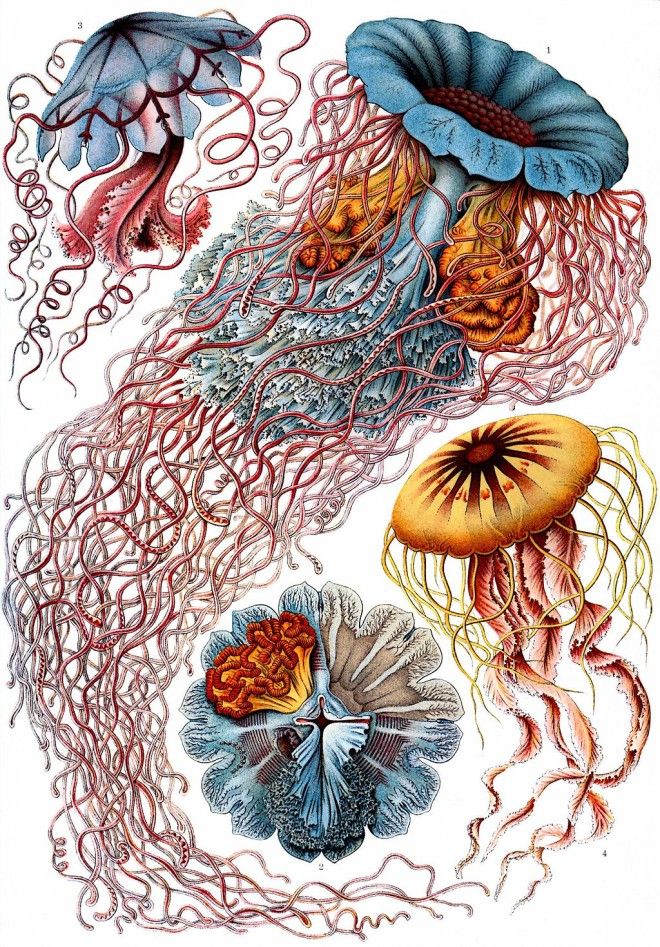
Discomedusae, from Artforms of Nature, 1899–1904

Siphonophores from Artforms of Nature, 1899–1904

Monograph on the Medusae, Artforms of Nature, 1899–1904
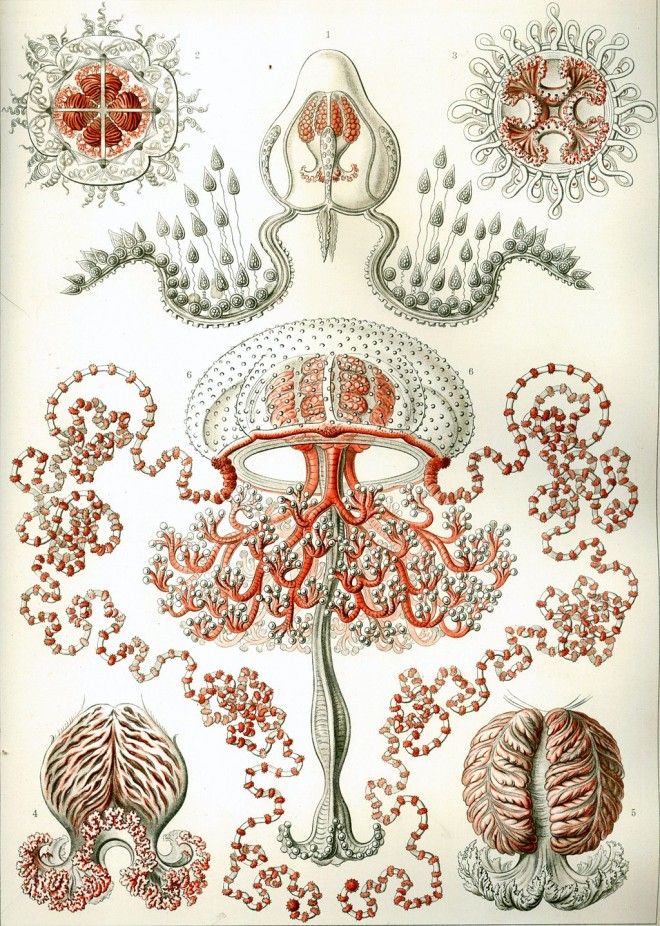
Radiolarians, from Artforms of Nature, 1899–1904

Actiniae from Artforms of Nature, 1899–1904

Report on the Siphonophorae, 1888
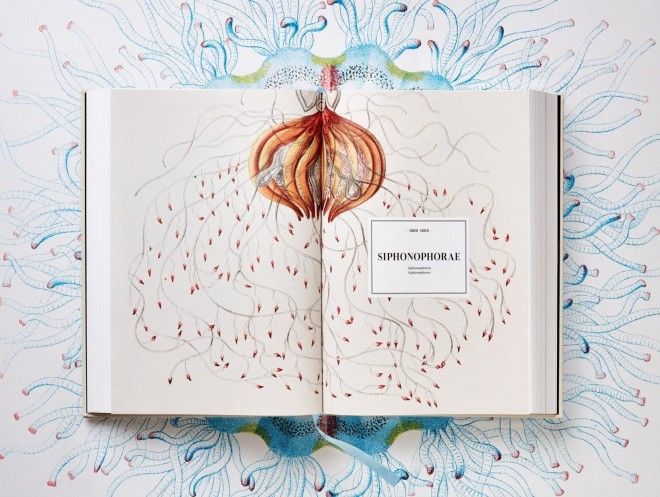
Report on the Siphonophorae, 1888
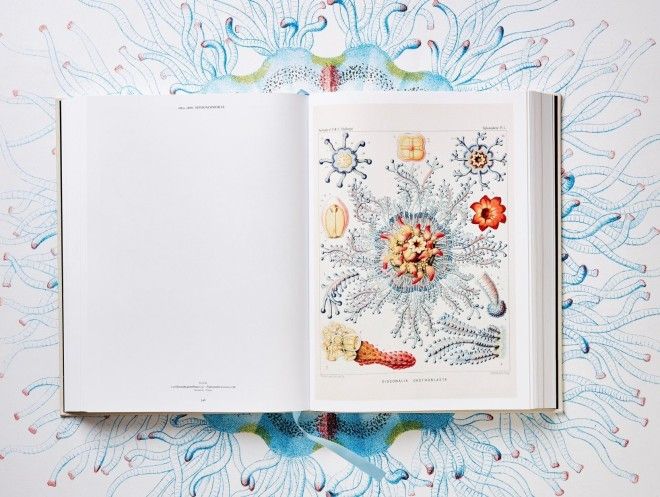
Atlas of Calcareous Sponges, 1872
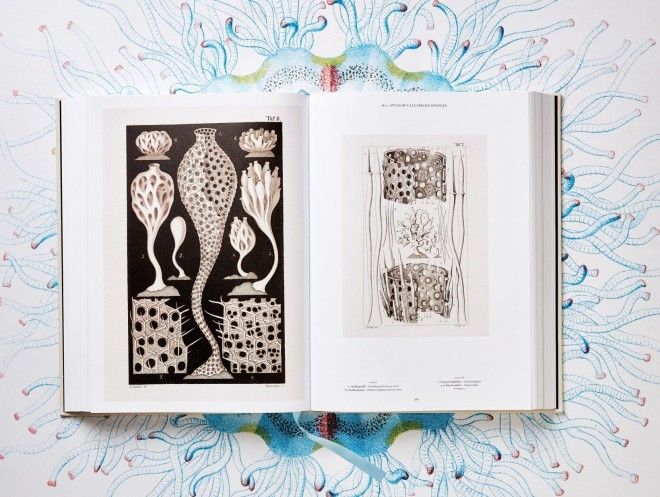
The Art and Science of Ernst Haeckel is published by Taschen


